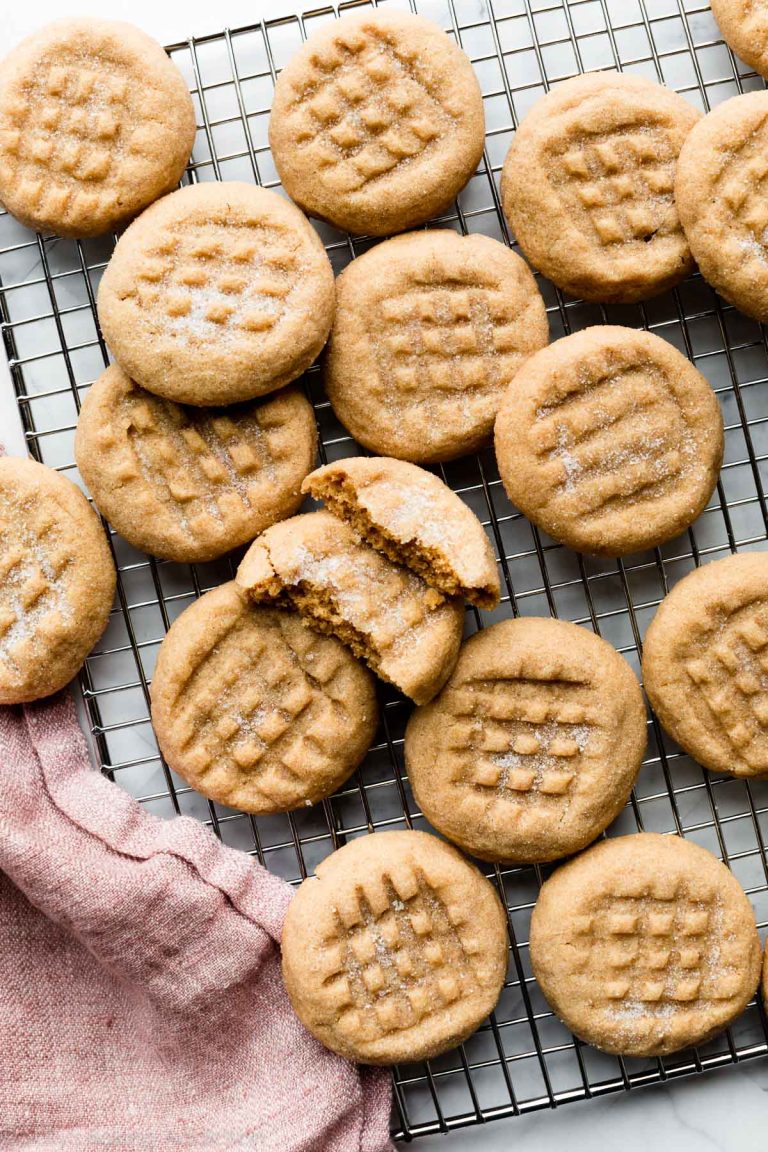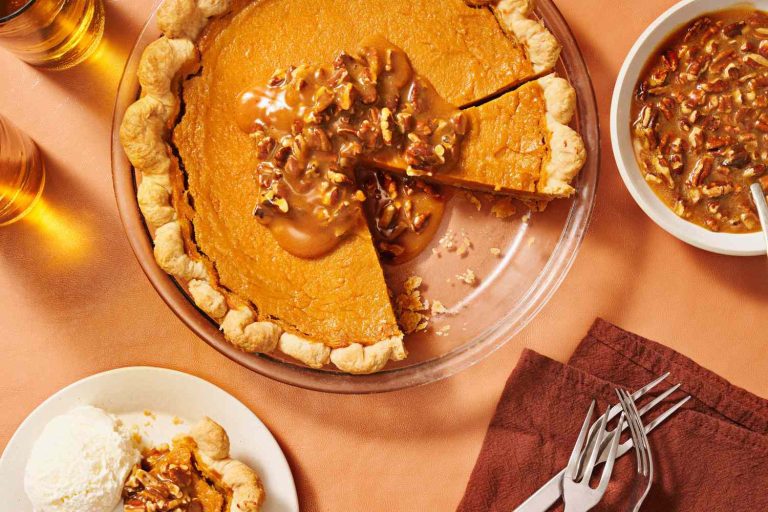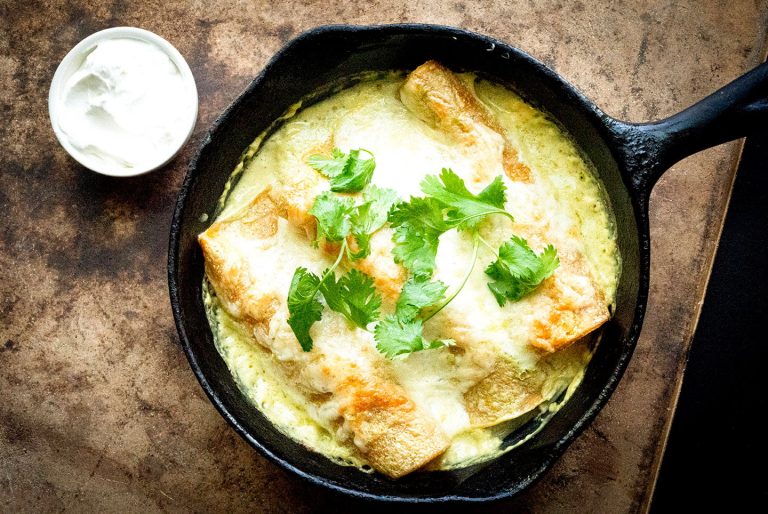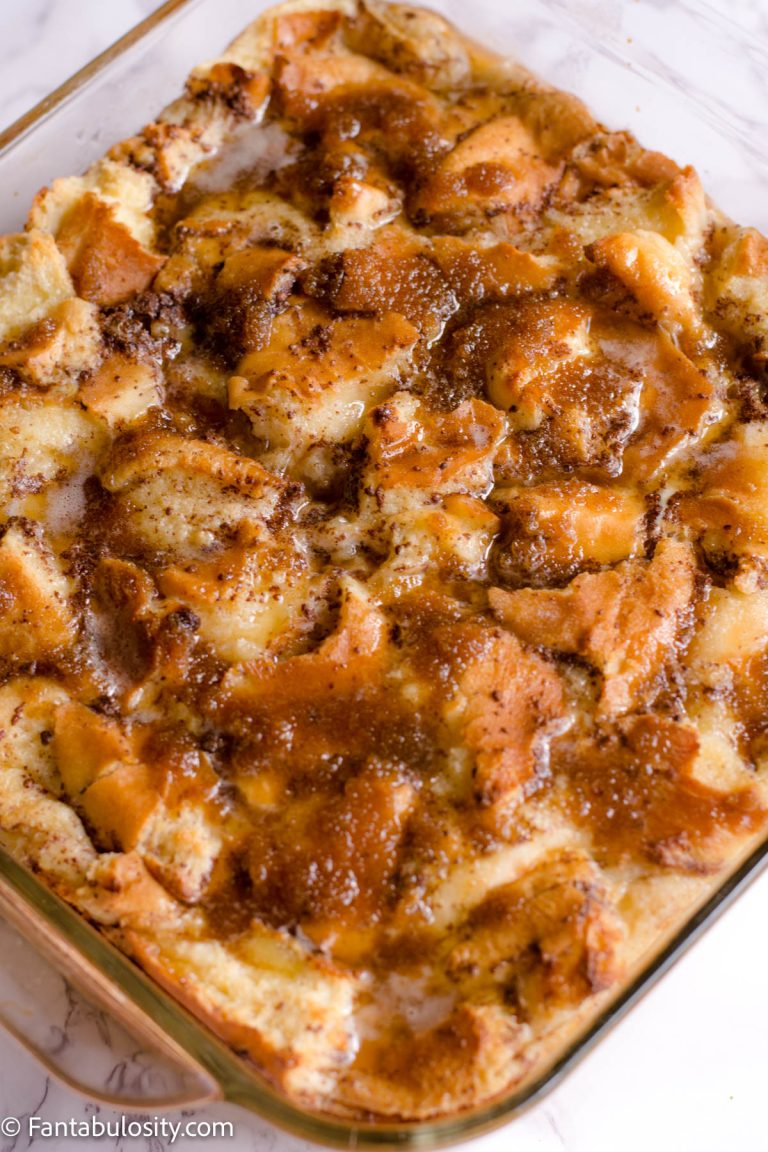Chocolate Mayo Cake: History, Recipe, and Health Tips Explained
Recipes incorporating mayonnaise in cakes date back to the Great Depression of the 1930s. When butter, milk, and eggs were in short supply, home bakers turned to mayonnaise. This thrifty substitution added moisture and richness to cakes. The connection makes sense since mayonnaise includes oil and eggs, essential baking ingredients. Over time, bakers discovered that adding mayo to chocolate cake resulted in a denser and more flavorful dessert.
Popularization and Adaptation
By the mid-20th century, companies began promoting chocolate mayo cake recipes. Kraft, one of the major mayonnaise producers, popularized these recipes in print ads and cookbooks. Regional adaptations soon followed. Some versions incorporated coffee, while others added spices or unique frostings. Today, chocolate mayo cake continues to be a beloved dessert, often regarded as a secret ingredient recipe among home bakers.
Key Ingredients and Substitutions
Understanding the Role of Mayonnaise
Mayonnaise adds moisture and richness to the cake. It combines oil and eggs, components often used separately in traditional cake recipes. By using mayonnaise, you can achieve a tender, moist texture without additional butter and milk. This unique ingredient also helps emulsify the batter, creating a smooth and homogenous mixture. For reference, use one cup of mayonnaise for a standard cake recipe.
Alternative Ingredients for Dietary Restrictions
For restricting dietary components, consider various substitutions:
- Egg-Free Mayonnaise: Derived from plant-based ingredients, egg-free mayo replicates the creamy texture of traditional mayo. Brands like Vegenaise and Just Mayo offer quality options.
- Dairy-Free Alternatives: Use plant-based yogurts, such as soy or almond yogurt, to replace dairy-based elements. These provide similar consistency and moisture.
- Gluten-Free Flour: Swap regular flour with gluten-free blends from trusted brands, including Bob’s Red Mill or King Arthur Flour. Check for xanthan gum in the mix, as it enhances the cake’s structure.
- Sugar Substitutes: Use natural sweeteners like stevia, erythritol, or monk fruit in place of granulated sugar. Baking conversions may vary, so adjust quantities accordingly.
These substitutions ensure everyone enjoys a delicious chocolate mayo cake tailored to specific dietary needs. Always test bake a small batch to get the desired taste and texture.
Step-by-Step Baking Guide
Preparing Your Ingredients
Gather your ingredients before starting to streamline the baking process and avoid any last-minute rush. For a classic chocolate mayo cake, you’ll need:
- All-purpose Flour: 2 cups
- Granulated Sugar: 1 cup
- Unsweetened Cocoa Powder: 1/2 cup
- Baking Soda: 1 1/2 teaspoons
- Baking Powder: 1/4 teaspoon
- Mayonnaise: 1 cup
- Water: 1 cup
- Vanilla Extract: 1 teaspoon
Preheat your oven to 350°F and grease two 9-inch round cake pans. Sifting dry ingredients helps achieve a smooth batter while ensuring even distribution of baking soda and powder.
Combining Components for Optimal Flavor
Mix dry ingredients first to ensure an even texture. In a large bowl, combine flour, granulated sugar, unsweetened cocoa powder, baking soda, and baking powder. Blend well to remove clumps.
In another bowl, mix wet ingredients. Whisk mayonnaise, room-temperature water, and vanilla extract until smooth. Gradually add this mixture to the dry ingredients, stirring constantly. This helps incorporate the mayo, ensuring the batter remains smooth.
Transfer batter to prepared pans, dividing evenly. Bake on the middle rack for 30 minutes or until a toothpick inserted in the center comes out clean. Cool cakes in the pans for 10 minutes before transferring to a wire rack to cool completely. This ensures the structure sets, retaining moisture for an impeccable chocolate mayo cake.
Serving and Presentation Ideas
Creative Ways to Decorate Your Cake
Use various toppings and styles to make your chocolate mayo cake visually appealing. Opt for a classic powdered sugar dusting or try a rich chocolate ganache for a glossy finish. Add fresh fruits like strawberries, blueberries, or raspberries to introduce color and contrast. Incorporate edible flowers for an elegant touch suitable for special occasions.
Create unique decorations with piped frosting or icing. Use a piping bag and different nozzles to create intricate patterns or simple swirls. Decorate the sides of the cake with chocolate shavings, nuts, or sprinkles for added texture and aesthetic appeal.
Pairing With Beverages and Sides
Complement your chocolate mayo cake with the right beverages and sides for an enhanced experience. Serve it with hot coffee, which accentuates the deep chocolate flavors. Offer a glass of milk for a classic combination loved by many.
Consider pairing the cake with a scoop of vanilla ice cream or a dollop of whipped cream to add creaminess and balance. Fresh fruit salads or berry compotes serve as refreshing sides, providing a contrast in flavor and a burst of freshness.
Enhance your serving plate with a drizzle of caramel or chocolate sauce, creating a layered experience. Ensure each slice is neatly cut, and arrange the sides around the cake slice to present a visually appealing dessert that invites indulgence.
Health Considerations
Nutritional Overview
A slice of chocolate mayo cake provides around 350 calories, depending on the specific recipe and serving size. The cake contains fats from both the mayonnaise and any added oils or butter. Mayonnaise contributes to cholesterol and sodium content. One slice may offer around 20-25 grams of sugar, which impacts your blood sugar levels. Incorporate dark chocolate or cocoa powder for antioxidants, which benefit heart health. Include eggs in the recipe as a source of protein and essential amino acids.
Allergy Advice
Chocolate mayo cake contains common allergens like eggs and dairy. Mayonnaise includes eggs, posing a risk for egg-allergic individuals. Substitute egg-free mayonnaise to make the cake safer for those with egg allergies. If the recipe calls for milk or butter, consider using plant-based alternatives for dairy-intolerant individuals. Gluten sensitivity is another concern since traditional recipes use wheat flour. Use gluten-free flour blends to make a gluten-free version of chocolate mayo cake. Always check ingredient labels for allergen information to ensure safety.
Conclusion
Chocolate mayo cake stands as a testament to culinary ingenuity, transforming simple ingredients into a rich and moist dessert. Whether you’re drawn to its historical roots or its unique flavor profile, this cake offers a delightful baking experience. With the right techniques and mindful ingredient choices, you can enjoy a delicious treat that’s both nostalgic and satisfying. Don’t hesitate to experiment with regional variations or healthier substitutions to make this classic recipe your own. Enjoy each bite of this timeless dessert, knowing you’re partaking in a piece of baking history.






